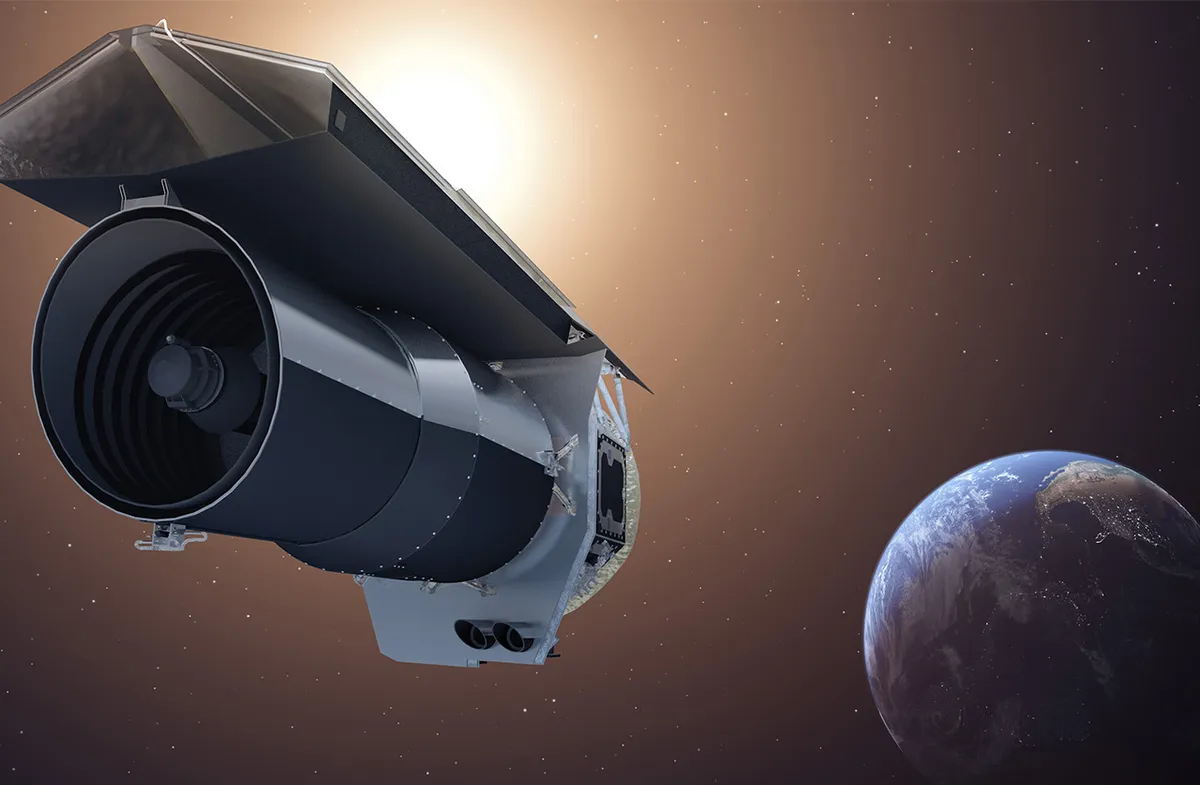An exoplanet has been discovered that is the hottest ever detected; so hot that surface temperatures on the side facing the host star can reach 4,300°C, causing a molecular meltdown.
KELT-9b is a type of exoplanet known as a 'hot Jupiter', so-called because it is a massive gas giant like Jupiter is in our Solar System, but orbits much closer to its host star, subjecting the planet to scorching temperatures.
KELT-9b is about 3 times the mass of our own Jupiter and orbits star KELT-9 670 lightyears away from Earth. The exoplanet orbits so close to its star that its year - i.e. one orbit around the star - lasts just 1.5 days.
Read more about exoplanets:
- Water detected on potentially habitable exoplanet
- Ultra-hot Jupiters tear water apart
- Surface molecules reveal 'invisible' exoplanets
Like the Moon orbiting Earth, KELT-9b is tidally locked, meaning the same side always faces the star during its orbit.
Astronomers used NASA's Spitzer Space Telescope to observe the exoplanet and found evidence that the heat generated by KELT-9b's proximity to its host star is enough to tear apart molecules of hydrogen gas on the dayside.

As these molecules drift across to the exoplanet's night side - the side facing away from the star - conditions are cool enough that the hydrogen molecules reform, until they flow back to the day side and are torn apart again.
"This kind of planet is so extreme in temperature, it is a bit separate from a lot of other exoplanets," says Megan Mansfield, a graduate student at the University of Chicago and lead author of the study.
"There are some other hot Jupiters and ultra-hot Jupiters that are not quite as hot but still warm enough that this effect should be taking place."
Astronomers first became aware of KELT-9b in 2017 when it was selected using the Kilodegree Extremely Little Telescope, a collaboration between two telescopes: KELT-North in Arizona, US, and KELT-South at the SAAO in South Africa.
Follow-up observations using Spitzer used the space telescope's infrared vision to measure subtle variations in heat.
This allowed the team to study the difference between temperatures during the exoplanet's day and its night.
For the full story, the team's study is available at The Astrophysical Journal Letters.
